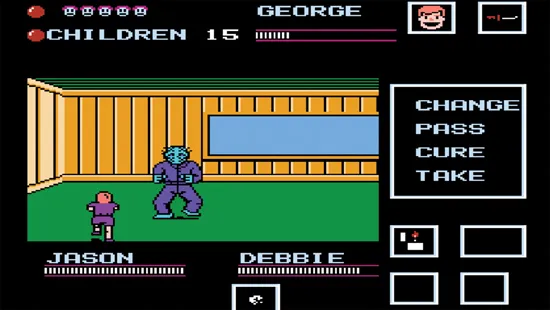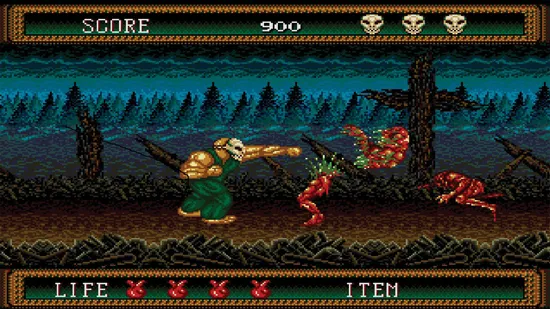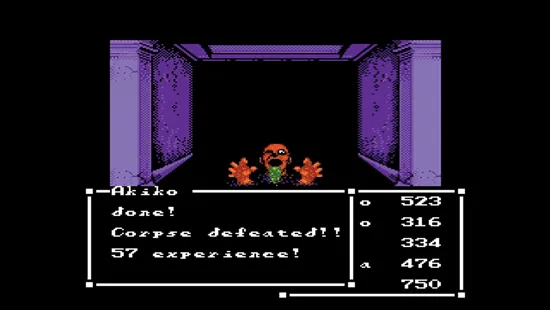
Game Design Deep Dive: Horror
Joshua Bycer
- 130 pages
- English
- ePUB (adapté aux mobiles)
- Disponible sur iOS et Android
Game Design Deep Dive: Horror
Joshua Bycer
À propos de ce livre
The Game Design Deep Dive series examines a specific game system or mechanic over the course of the history of the industry. This entry will examine the history and design of the horror genre and elements in video games. The author analyzes early video game examples, including the differences between survival, action-horror, and psychological horror. Thanks to recent hits like Five Night's at Freddy's, Bendy and the Ink Machine, and recent Resident Evil titles, the horror genre has seen a strong resurgence. For this book in the Game Design Deep Dive series, Joshua Bycer will go over the evolution of horror in video games and game design, and what it means to create a terrifying and chilling experience.
FEATURES
• Written for anyone interested in the horror genre, anyone who wants to understand game design, or anyone simply curious from a historical standpoint
• Includes real game examples to highlight the discussed topics and mechanics
• Explores the philosophy and aspects of horror that can be applied to any medium
• Serves as a perfect companion for someone building their first game or as part of a game design classroom
Joshua Bycer is a game design critic with more than eight years of experience critically analyzing game design and the industry itself. In that time, through Game-Wisdom, he has interviewed hundreds of game developers and members of the industry about what it means to design video games. He also strives to raise awareness about the importance of studying game design by giving lectures and presentations. His first book was 20 Essential Games to Study. He continues to work on the Game Design Deep Dive series.
Foire aux questions
Informations
1
The Goal of Game Design Deep Dive: Horror

One of the most iconic moments from Resident Evil with the introduction of the first zombie and a good introduction for this book.
2
The Pre-survival Horror Period
2.1 The Monster Mashup

Very few horror properties retained their horror when brought to consoles and arcades in the 1980s and 1990s.

Splatterhouse and games like it were about fighting monsters and overcoming them as part of a power fantasy.
3
The Rise of Survival Horror
3.1 Sweet Home

Sweet Home would go on to inspire Resident Evil, despite being completely different in terms of design and structure.